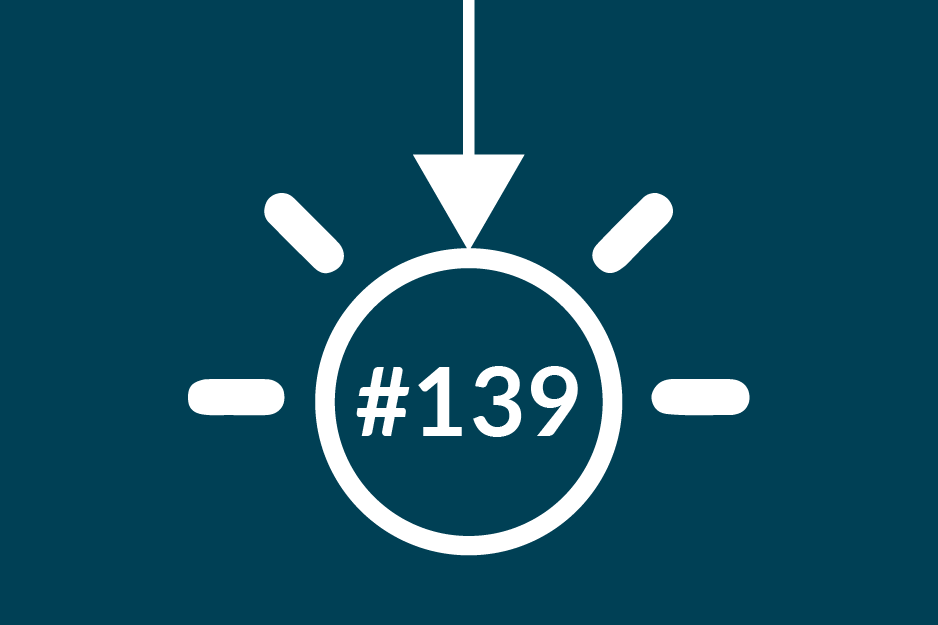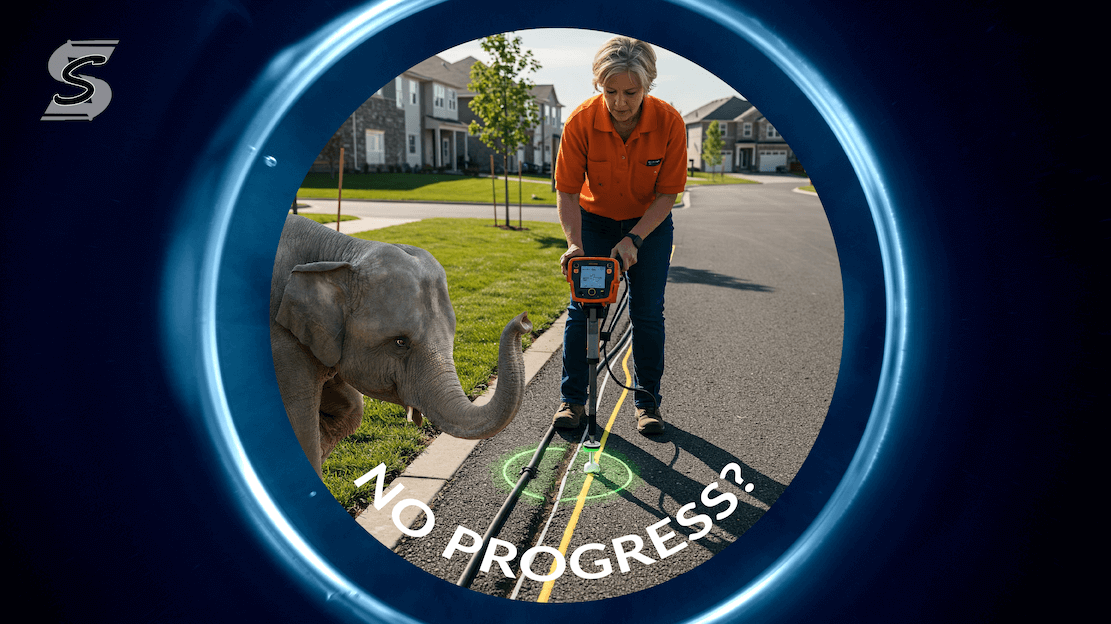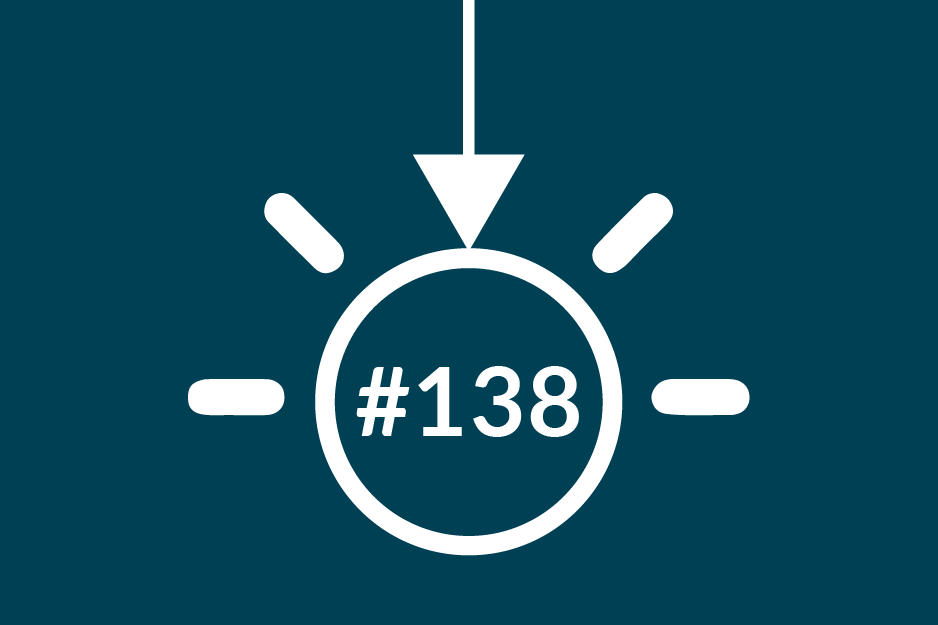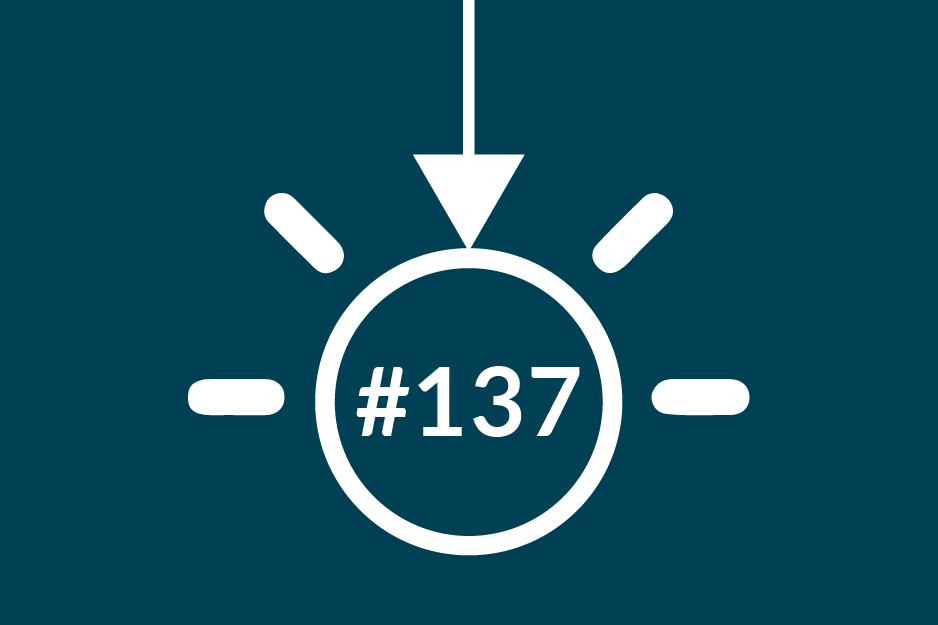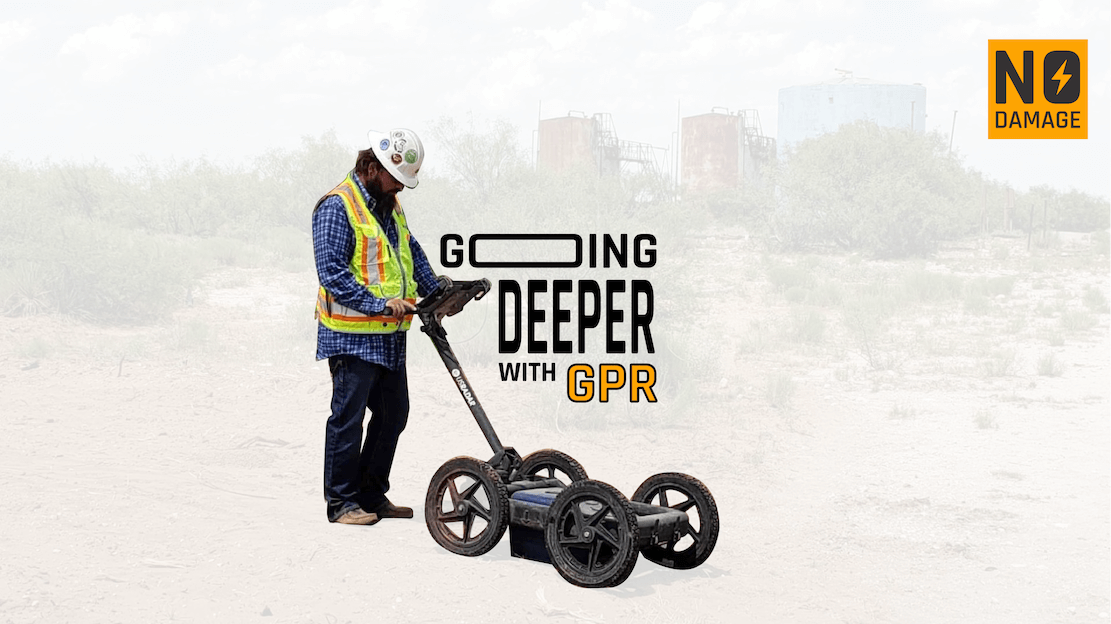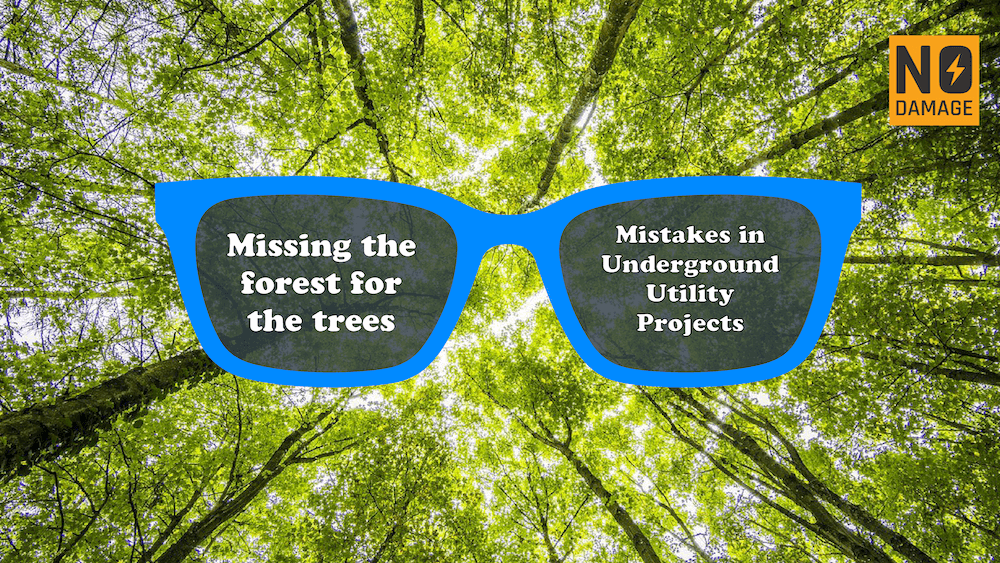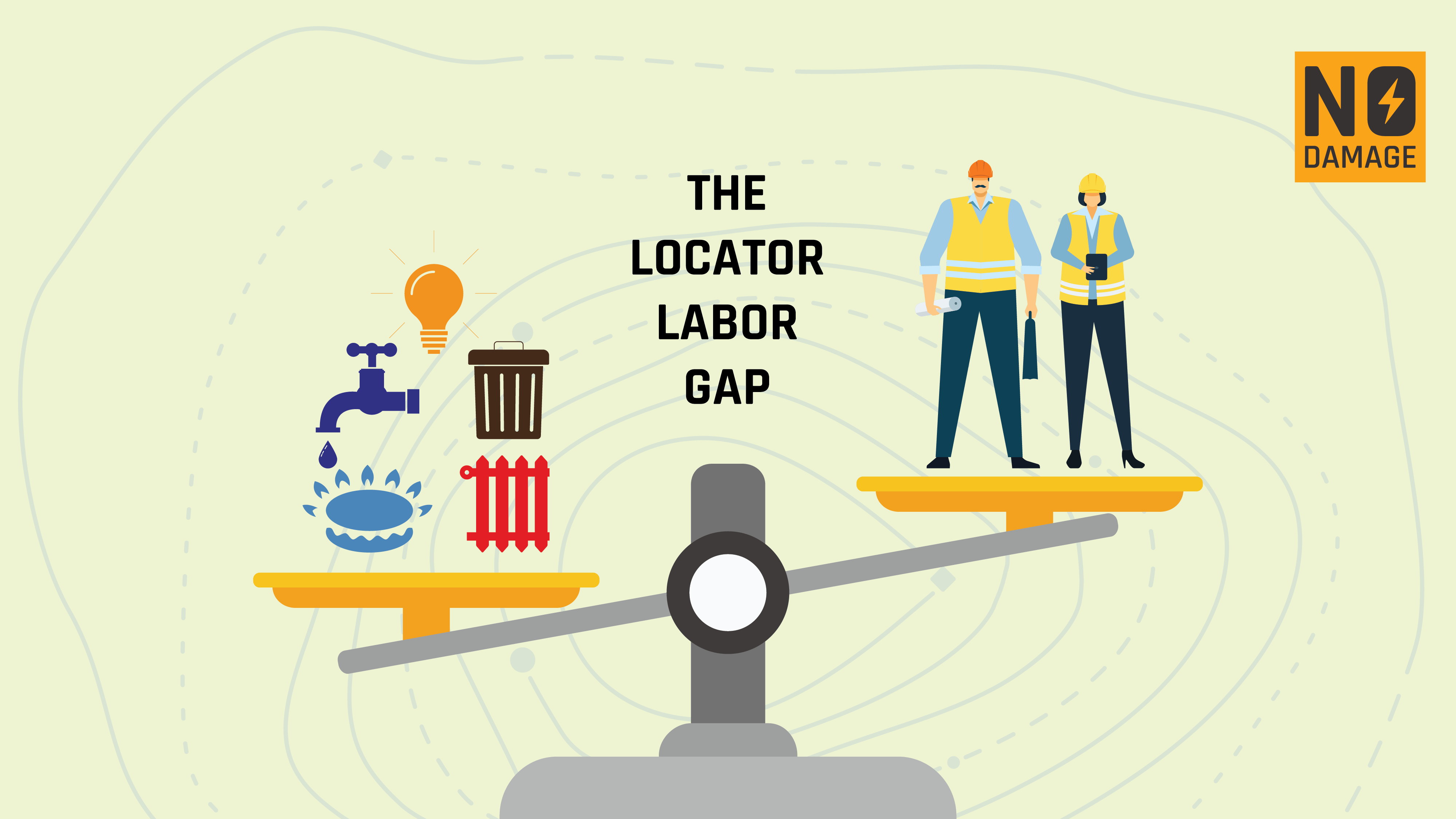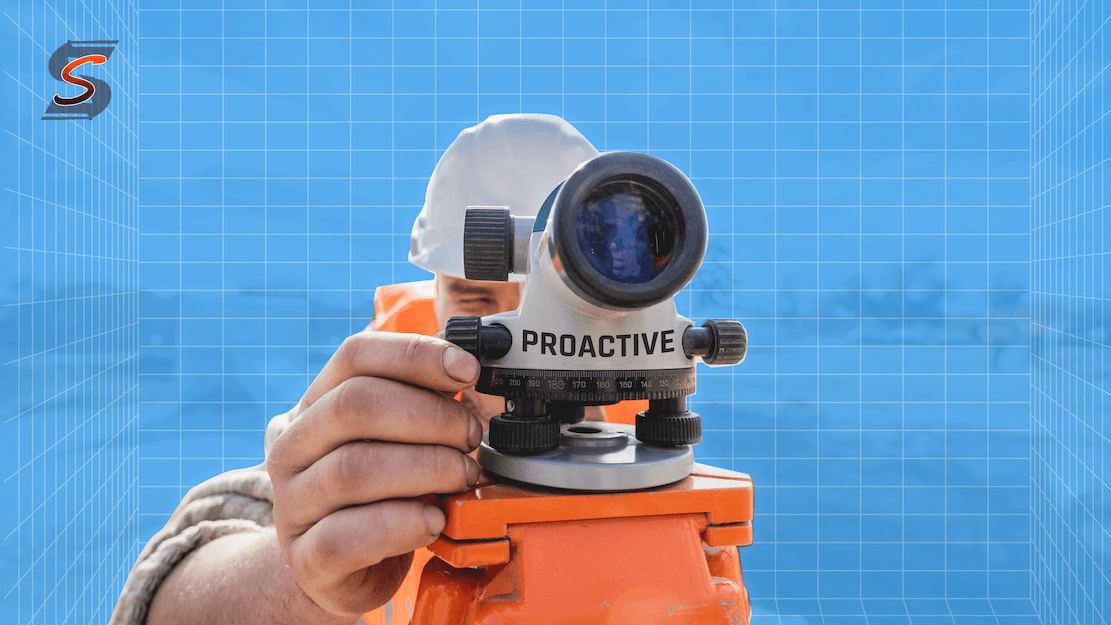
Utility surveys are a refreshingly proactive measure in a field that often relies too heavily on reactive solutions. They're usually done in the planning stages of a project and as such help to prevent construction delays, surprise infrastructure conflicts, and over spending. By addressing risks before they materialize, these surveys create the foundation for safer, more efficient, and cost-effective construction projects.
Proactivity vs. Reactivity in Damage Prevention
Unlike utility locates, which are short-term checks performed just before construction, utility surveys are in-depth and performed well ahead of the first shovel hitting the ground. A utility survey isn’t just about finding utilities; it’s about thoroughly mapping them through a combination of record review, advanced tech (GPR, electromagnetic detection, etc.), and fieldwork. These surveys are vital for long-term planning, helping integrate new infrastructure safely into the existing environment. In contrast, a utility locate is more of a last-minute safety check to avoid immediate hazards on-site.
Chicago’s Proactive Damage Prevention Model
A perfect example of the power of proactive planning is 811 Chicago’s damage prevention program. Through meticulous utility coordination and data-sharing, the city slashed underground utility damages by 50% over five years. The key? Detailed utility maps were provided to contractors, ensuring everyone was aware of potential conflicts before construction started. By laying out clear expectations, Chicago reduced service strikes and accidents—proof that foresight beats reactivity every time.
Comprehensive Risk Assessment
Utility surveys go beyond simply identifying where pipes and cables lie. They provide a full risk assessment of the construction site, revealing everything from gas lines to electrical conduits. This detailed information is essential for project planners, allowing them to account for utilities from the design stage onward. The result? Utility maps, drawings, and reports that are crucial for architects, engineers, and contractors to ensure safe, well-coordinated construction operations.
This proactive approach not only prevents accidents but aligns with stringent health and safety regulations, giving construction teams the information they need to design around these utilities and avoid costly work stoppages or redesigns later on.
Proactive Safety Enhancements
When it comes to safety, utility surveys are a really good way to get ahead of potential risks and plan for them. By accurately locating underground utilities, they drastically reduce the risk of service strikes, which can cause dangerous gas leaks, electrical fires, or water main bursts. They also allow a reference point for later locates which will occur whether public or private and mean that you can dig with confidence when the time comes. We have a few Utilocate clients who use their survey data and put it on a map layer which can then be cross-referenced for scenarios like this.
Cost Reduction and Delay Prevention
A major benefit of utility surveys is the ability to foresee and prevent costly delays. When a construction team is caught off guard by an unmarked utility, it can halt progress, add labor costs, and stretch the project timeline. By providing a comprehensive view of the underground landscape, utility surveys allow engineers to plan effectively, avoiding unexpected interruptions and budget overruns.
And let’s not forget legal headaches - utility strikes often lead to lawsuits and fines. A utility survey helps mitigate these risks by offering clarity and protection before construction begins.
Future-Proofing Projects
Utility surveys don’t just solve immediate issues; they also future-proof sites. By mapping existing utilities and recording new installations, developers create a valuable reference for future phases of the project. This information helps them avoid the same risks when expanding or modifying the site, and it prevents conflicts between new and old infrastructure.
In municipal and large-scale projects, these records are vital for city planning, allowing future development to integrate seamlessly with existing infrastructure.
Conclusion: The Advantage of Proactivity
In the world of damage prevention, proactivity is a game-changer. Utility surveys offer a way to avoid problems before they happen, saving time, money, and lives in the process. By embracing a proactive approach, developers and construction teams can ensure projects run efficiently from start to finish, with fewer risks and more predictability. When compared to the reactivity of traditional methods, utility surveys offer a smarter, safer, and more strategic way to build.
Share this Post



